When we think about circulation in our body, we often focus on the heart and arteries. However, the partnership between our veins, the venous system, and lymphatics, the lymphatic system, is another crucial system. This duo is vital in moving blood and fluids back to the heart, maintaining our body’s delicate balance. Let’s explore how these systems work together and introduce the condition, phlebolymphedema.
The Venous System
Your veins are critical to your circulation. While arteries deliver oxygen-rich blood from the heart to your tissues, veins are responsible for the return journey. Here’s how they work:
- Veins collect deoxygenated blood from your tissues.
- They use a system of one-way valves to prevent backflow.
- The muscles surrounding your veins contract, helping to push blood upward against gravity.
- This blood eventually returns to your heart, where it can be re-oxygenated and start the cycle again.
The Lymphatic System
While less well-known than veins, the lymphatic system is equally important. It acts as a parallel circulation system, but instead of blood, it deals with a clear fluid called lymph. Here’s what you need to know:
- Lymph vessels collect excess fluid and proteins from your tissues.
- They also pick up cellular debris and even harmful substances like bacteria.
- Lymph nodes filter out these potentially harmful elements.
- The cleaned lymph eventually returns to your bloodstream near your heart.
The Collaboration of Veins and Lymphatics
Your lymphatic and venous systems don’t function independently—they work together to keep your body balanced. Both rely on muscle contractions and body movement to push fluids upward, ensuring proper circulation. The lymphatic system helps regulate fluid levels in your tissues, preventing swelling that could interfere with venous function. At the same time, healthy veins prevent excess fluid buildup, reducing strain on the lymphatic system. This partnership is essential for circulation, immune function, and overall health, as both systems help remove waste, fight infections, and maintain proper fluid balance. When one system struggles, the other can be impacted, emphasizing the importance of vascular and lymphatic health.
When the System Goes Wrong: Introducing Phlebolymphedema
Sometimes, despite their best efforts, these systems can face challenges called phlebolymphedema. Phlebolymphedema is a condition that results from the combined dysfunction of the venous and lymphatic systems. The term reflects this connection—“phlebo” relates to veins, while lymphedema is swelling caused by lymphatic issues. When veins, particularly those affected by chronic venous insufficiency, struggle to return blood efficiently to the heart, excess fluid accumulates in the tissues. This added burden overwhelms the lymphatic system, which drains excess fluid, leading to persistent swelling and tissue changes. Most commonly affecting the legs, phlebolymphedema can be more complex to manage than venous or lymphatic disorders alone, often requiring a multifaceted treatment approach to reduce swelling, improve circulation, and prevent complications.
Recognizing the Signs of Phlebolymphedema
Phlebolymphedema can develop gradually. Watch out for these symptoms:
- Persistent swelling in your legs or arms
- A feeling of heaviness or tightness in the affected limb
- Skin changes, such as thickening or hardening
- Recurrent infections in the affected area
Protect Your Venous and Lymphatic Health
While phlebolymphedema can be severe, there are steps you can take to support both your venous and lymphatic health:
- Stay active: Regular exercise helps both systems function optimally.
- Maintain a healthy weight: Excess weight can put additional stress on both systems.
- Elevate your legs when resting: This helps both venous and lymphatic return.
- Consider compression garments: These can support both venous and lymphatic function, especially if you’re at risk.
- Stay hydrated: Proper hydration is crucial for both blood and lymph flow.
Conclusion
Understanding the partnership between your veins and lymphatics highlights the incredible complexity of your body’s circulatory systems. Taking care of both supports your overall health and potentially prevents more severe conditions like phlebolymphedema.
If you’re concerned about your vascular or lymphatic health, please get in touch with us. We help you understand and manage your vascular health, ensuring these crucial systems work harmoniously for years.


